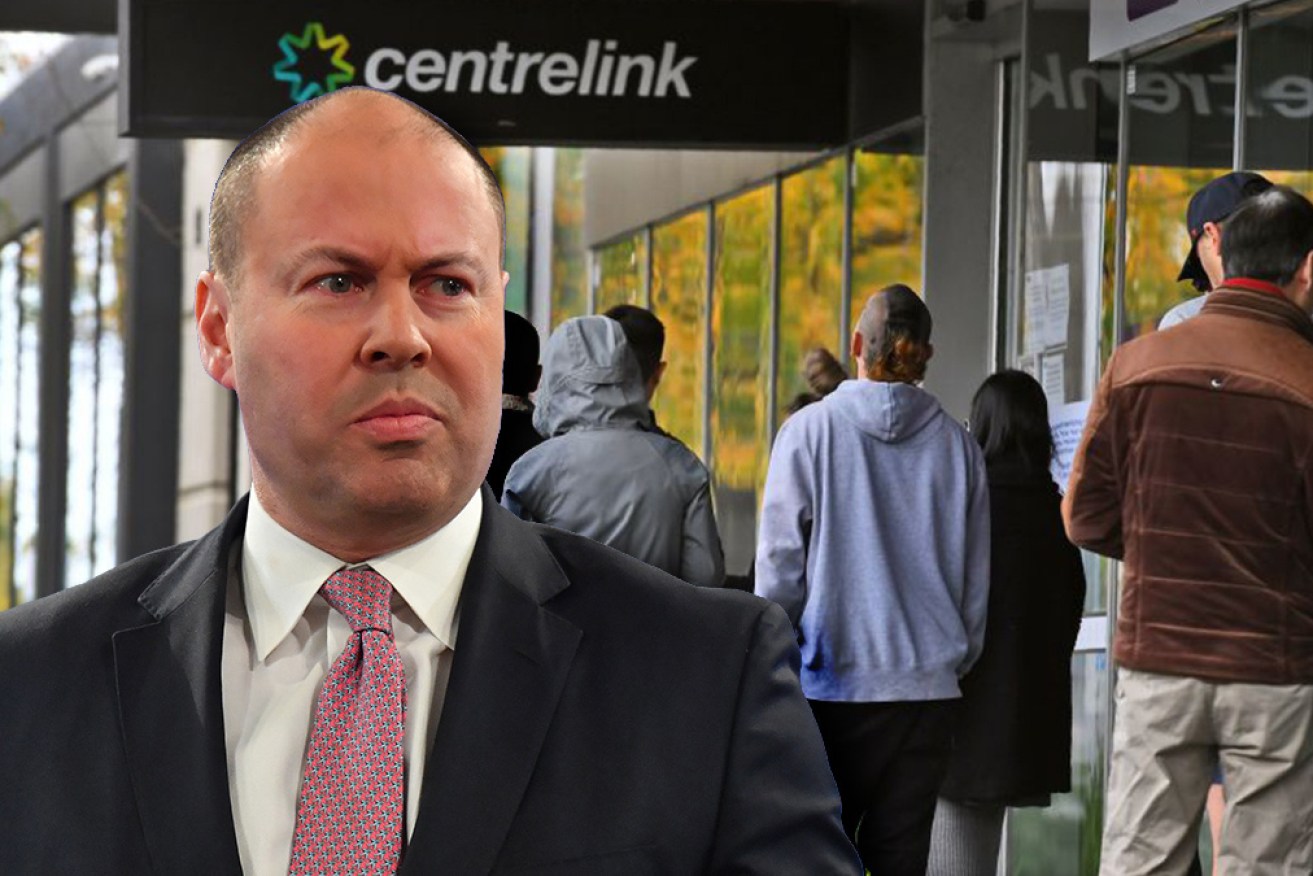Five ways this recession is like no other


This year, Australia suffered its worst recession since the Great Depression. Photo: TND
Using the popular definition of a recession as two consecutive quarters of negative economic growth, this year Australia suffered its first in 29 years.
To be clear, the economy was teetering on the edge of recession even before the coronavirus reached our shores.
Productivity was falling, wages were stagnant, and major retail closures were an almost weekly occurrence.
But the virus pushed it off the edge and into the deepest recessionary hole since the 1930s Great Depression.
Pubs and cafes were forced to shut their doors and people were told to work from home. Hundreds of thousands lost their jobs. Many more had their hours and wages cut.
And then the federal government announced the biggest stimulus package in Australian history.
Fast forward to today and the nation is already several months into its economic recovery.
But the scars of the recession will be seen for many years to come.
Here are five ways this one is different.

Led by services, business activity plunged to a record low in April.
1. This recession had very different causes
Economies normally slip into recessions gradually.
Consumers spend less and consequently eat into the revenues of struggling businesses, which then lay off workers.
And these job losses then feed back into even weaker consumer spending and even further job losses.
It’s a vicious cycle that normally drags out over several quarters. But not so this time.
In a bid to contain the spread of COVID-19, governments at the end of March asked most workplaces to shut their doors. And the economy fell to its knees.
“We’d never seen such a sharp fall in economic activity and jobs,” Indeed APAC economist Callam Pickering told The New Daily.
2. Household income has risen
One of the more peculiar aspects of this recession has been how household income across the economy has actually risen during the crisis.
The national accounts show that real household disposable income increased by 3.6 per cent in the September quarter after solid gains in the June quarter.
This was because the total value of money paid into Australian bank accounts via stimulus programs like JobKeeper and JobSeeker was greater than the amount lost to job cuts and wage freezes.
Data from Commonwealth Bank, for example, shows total income paid into customer bank accounts at CBA was up 10.5 per cent over the 12 months to December 11.
Tweet from @CallamPickering
3. The recession was very uneven
It’s worth noting, however, that CBA’s bank account data looks at the economy from the comfort of a helicopter, not through a microscope.
It is based on averages and fails to capture how some people have done much better than others during the recession and some others much worse.
Mr Pickering said this recession was “highly unusual” because it disproportionately affected service-sector occupations, with job losses heavily concentrated in hospitality, tourism, arts and recreation.
“Normally service sector employment is relatively stable during a tough economy, with manufacturing and other goods-producing industries suffering the most,” he said.
But this time the opposite was true.
“This was a recession where the impact was highly uneven, with higher-income workers generally better placed to thrive.”
One need only look at national retail turnover – up 13.2 per cent year on year in November – to see that government restrictions distorted the economy in other ways, too.
Stimulus payments allowed lower-income households to spend on essentials. And at the same time higher-income households directed towards shopping money normally spent on international holidays and recreation, with Gerry Harvey claiming he had never had it so good.
Angela Jackson, lead economist at Equity Economics, told The New Daily she was “astounded” at how differently the economy had affected different groups of people.
“Any recession has different impacts across the economy, but this recession has seen some sectors experience boom time, such as some parts of retail, and others have their markets disappear overnight,” she said.
“Hundreds of thousands of Australians are without work or have lost their businesses this Christmas due to the recession, but at the same time, the majority still in work have benefited significantly from the government’s stimulus support and may well be asking, ‘What recession?’”
4. Business profits have soared
Household income held up during the recession, but business profits soared.
The national accounts show they were up 18.2 per cent year on year in the September quarter as a result of massive government support payments including JobKeeper.
That’s not what you’d expect during a recession.
But Market Economics managing director Stephen Koukoulas told The New Daily in November that the strong profits were the continuation of a decade-long trend.
“It’s not just the last quarter or two. It’s that trend over the last decade. Company profits have been pretty good,” he said.
“Given the profit numbers, businesses could – clearly – easily afford a half percentage point increase in the super contribution payments.”
Tweet from @georgiedent
5. Women were hit hardest
Unlike in previous recessions, women have borne the brunt of this recession.
They lost more hours and jobs than men at the beginning of the crisis, as they are overrepresented in casual jobs and in industries hardest hit by the virus, including retail and hospitality.
And women were also more likely to take on extra house work during lockdowns, according to University of Melbourne research.
The federal government was consequently criticised for delivering ‘a blue budget for a pink recession’.
“While initially women returned in greater numbers to part-time work than men, it has been men picking up the full-time jobs,” Ms Jackson said.
“If we are going to ensure that a generation of young women is not adversely impacted by this recession, the government will need to provide greater support and alternative pathways as the recovery continues.”











